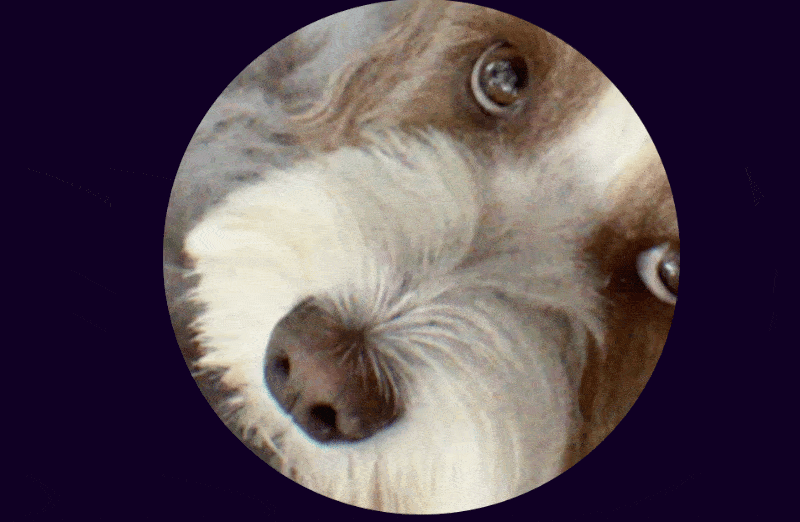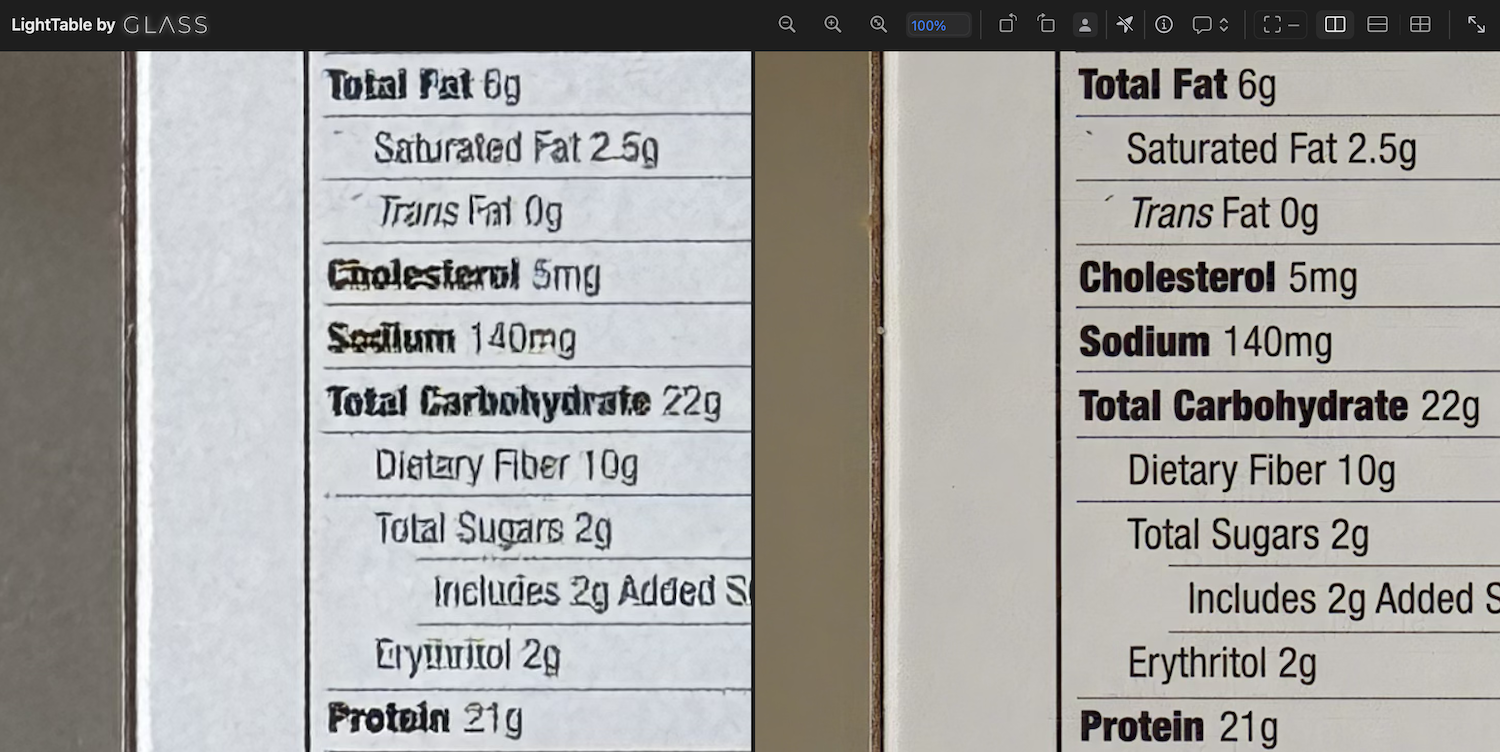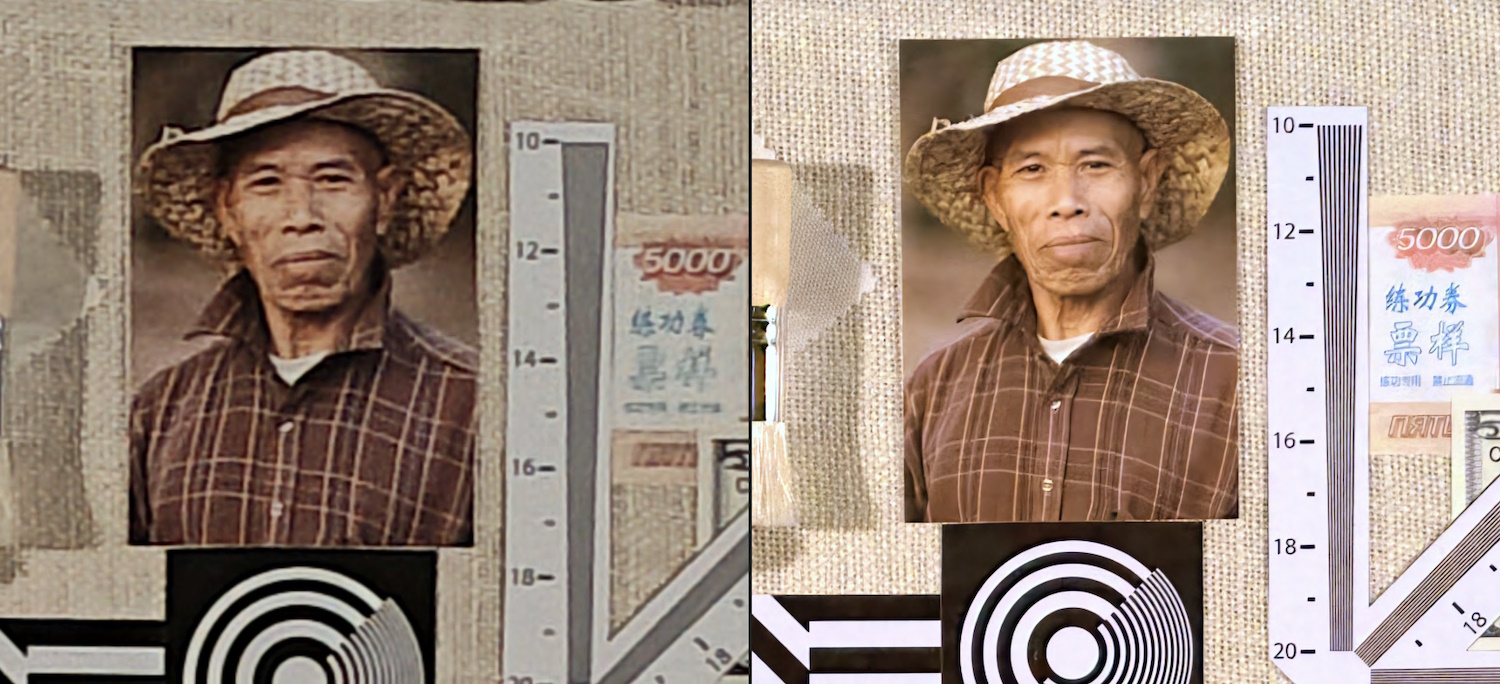Glass supercharges smartphone cameras with AI – aside from hallucinations
5 min readYour telephone’s digital camera is as a lot {hardware} as it’s software program, and Glass is hoping to enhance each. however whereas this Wild Anamorphic Lens In a transfer to market, the corporate (operating on $9.3 million in new capital) has launched an AI-powered digital camera improve that it says considerably improves picture high quality — with none awkward AI. Of upscaling artifacts.
GlassAI is a completely software program strategy to enhancing pictures, utilizing what they name a Neural Image Signal Processor (ISP). ISPs principally take uncooked sensor output – usually flat, noisy and distorted – and switch it into the sharp, colourful pictures we see.
ISP can also be changing into more and more complicated, as telephone makers like Apple and Google prefer to synthesize a number of exposures, immediately detect and sharpen faces, make changes to small actions, and so forth. And whereas many contain some type of machine studying or AI, they should watch out: Using AI to generate descriptions could produce hallucinations or artifacts because the system tries to create visible info the place none exists. . Such “super-resolution” fashions are helpful of their place, however they have to be monitored fastidiously.
Glass builds each a full digital camera system and an ISP to again it up, based mostly on an uncommon lozenge-shaped entrance aspect. And whereas the previous is working in the direction of a market presence with some upcoming units, the latter, it seems, is a product value promoting in its personal proper.
“Our restoration networks correct optical aberrations and sensor problems while efficiently removing noise, and outperform traditional image signal processing pipelines in fine texture recovery,” CTO and co-founder Tom Bishop explains in his information launch. “

Concept animation exhibiting the method of going from RAW to glass-processed pictures.
The phrase “recovery” is necessary, as a result of particulars usually are not created identical to that. take out From uncooked creativeness. Depending on how your digital camera stack already works, you might know that sure artifacts or angles or noise patterns will be reliably resolved and even taken benefit of. Learning to show these implicit particulars into actual particulars – or mix particulars from a number of exposures – is an enormous a part of any computational images stack. Co-founder and CEO Ziv Attar says their Neural ISP is best than another ISP within the business.
He identified that even Apple doesn’t have a full neural imaging stack, solely makes use of it in particular conditions the place it’s wanted, and their outcomes (in his opinion) usually are not superb. He gave an instance of Apple’s Neural ISP failing to interpret textual content accurately, with Glass performing considerably higher:

The picture offered by Ziv Attar exhibits the iPhone 15 Pro Max zoomed in at 5x and a glass-processed model of the telephone’s RAW pictures.
“I think it’s also fair to assume that if Apple hasn’t managed to achieve good results, it’s a hard problem to solve,” he stated. “It’s much less concerning the precise stack however extra about the way you prepare. We have a really distinctive manner of doing this, which was developed for anamorphic lens techniques and is environment friendly on any digital camera. Basically, we have now coaching laboratories that embody robotics techniques and optical calibration techniques that handle to coach a community to characterize lens aberrations in a really complete manner, and principally any optical distortion. Let’s reverse it.
As an instance, he offered a case research the place he evaluated the digital camera on the Moto Edge 40 from DXO, then did it once more with GlassAI put in. All Glass-processed pictures are markedly improved, generally even dramatically.

Image Credit: glass/dxo
The built-in ISP struggles to tell apart high-quality strains, textures and facial particulars in its night time mode at low gentle ranges. Using GlassAI, it is quick as a nail even with half the publicity time.
you’ll be able to peek pixels Glass is accessible on some check photographs By switching between uncooked and last.
The corporations that put telephones and cameras collectively have to spend so much of time tuning ISPs in order that the sensors, lenses, and different bits and items all work correctly to supply the perfect picture attainable. However, it appears Glass’s one-size-fits-all course of may fit higher within the quick run.
“The time it takes us from the time we get our hands on a new type of device to training it to shippable software… varies from a few hours to a few days. For context, phone makers spend months perfecting image quality, with large teams. Our process is completely automated so we can support multiple devices in a matter of days,” Attar stated.
Neural ISP can also be end-to-end, that means on this context it goes straight from sensor uncooked to the ultimate picture, with no extra processes required like denoising, sharpening, and many others.

Left: uncooked, proper: glass-processed.
When I requested, Attar was cautious to tell apart his work from super-resolution AI providers, which take a completed picture and upscale it. These are sometimes not “retrieving” particulars a lot as inventing them the place applicable, a course of that may generally produce undesirable outcomes. Although Glass makes use of AI, it’s not generative like many image-related AIs.
Today marks the supply of the product on a bigger scale, presumably after a prolonged testing interval with companions. If you make an Android telephone, it is perhaps good to no less than strive it out.
On the {hardware} facet, telephones with bizarre lozenge-shaped anamorphic cameras must wait till the producer is able to go public.
While Glass is creating its expertise and testing it out to prospects, additionally it is busy elevating funding. The firm simply closed a $9.3 million “expanded seed,” which I put in quotes as a result of the seed spherical was in 2021. The new funding was led by GV, with participation from Future Ventures, Abstract Ventures and LDV Capital.
(TagstoTranslate)Exclusive(T)Glass(T)Photography

